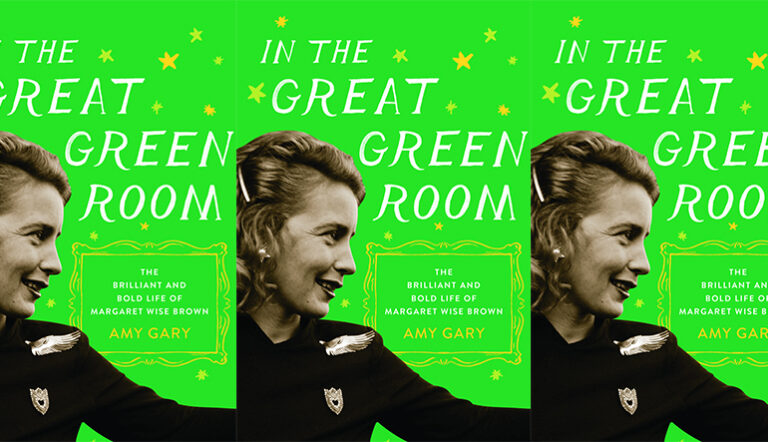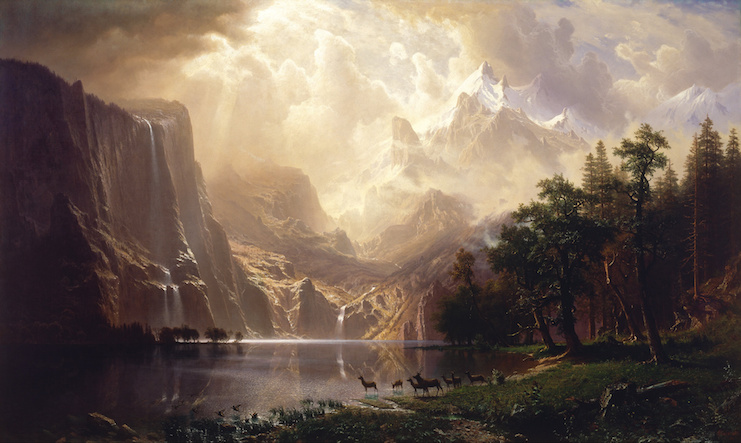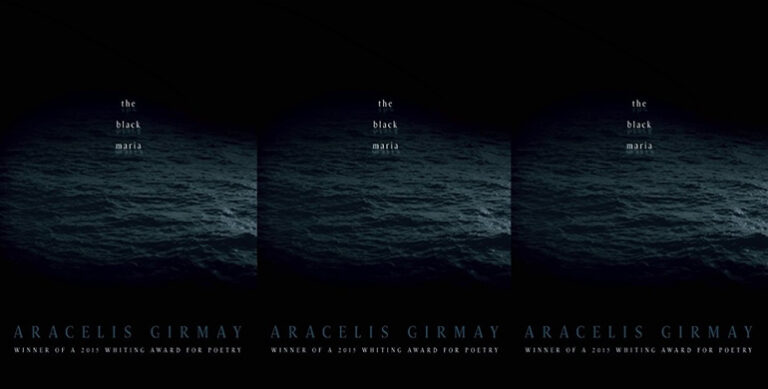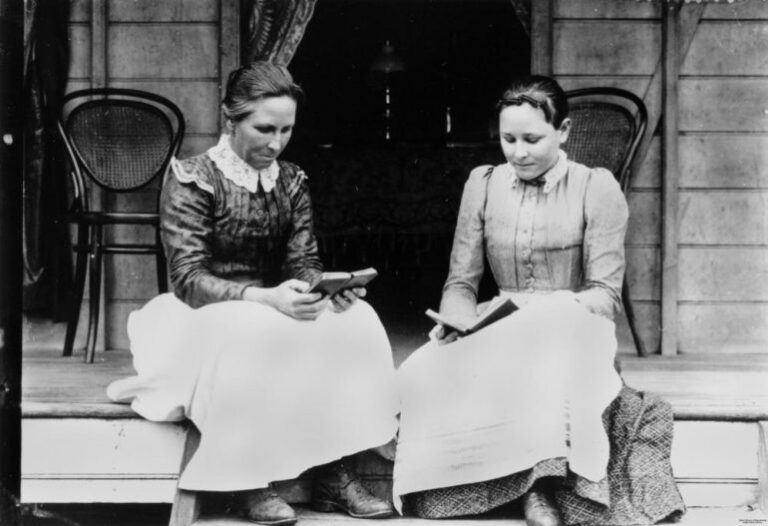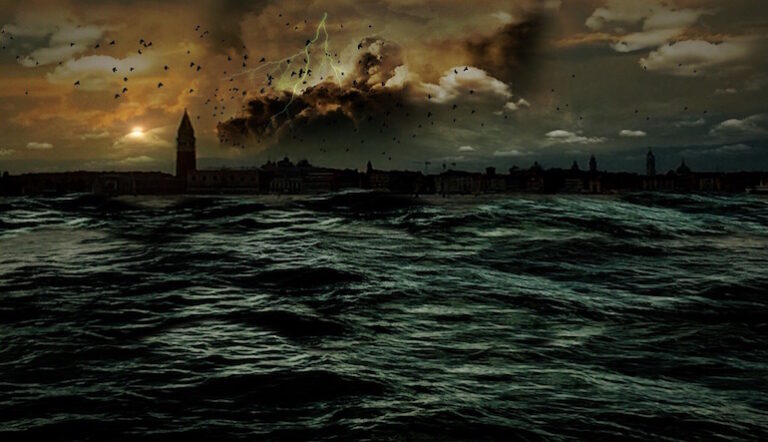The Transformative Violence of Yakuza 0
Violence in media has always been contentious. Violence is in everything, but there’s always a voice in the room trying to convince everyone of its corruptive force. This perspective tends to ignore how when we fictionalize violence, it stops being violence altogether, thematically changing itself into something that’s only as harmful as its message.

